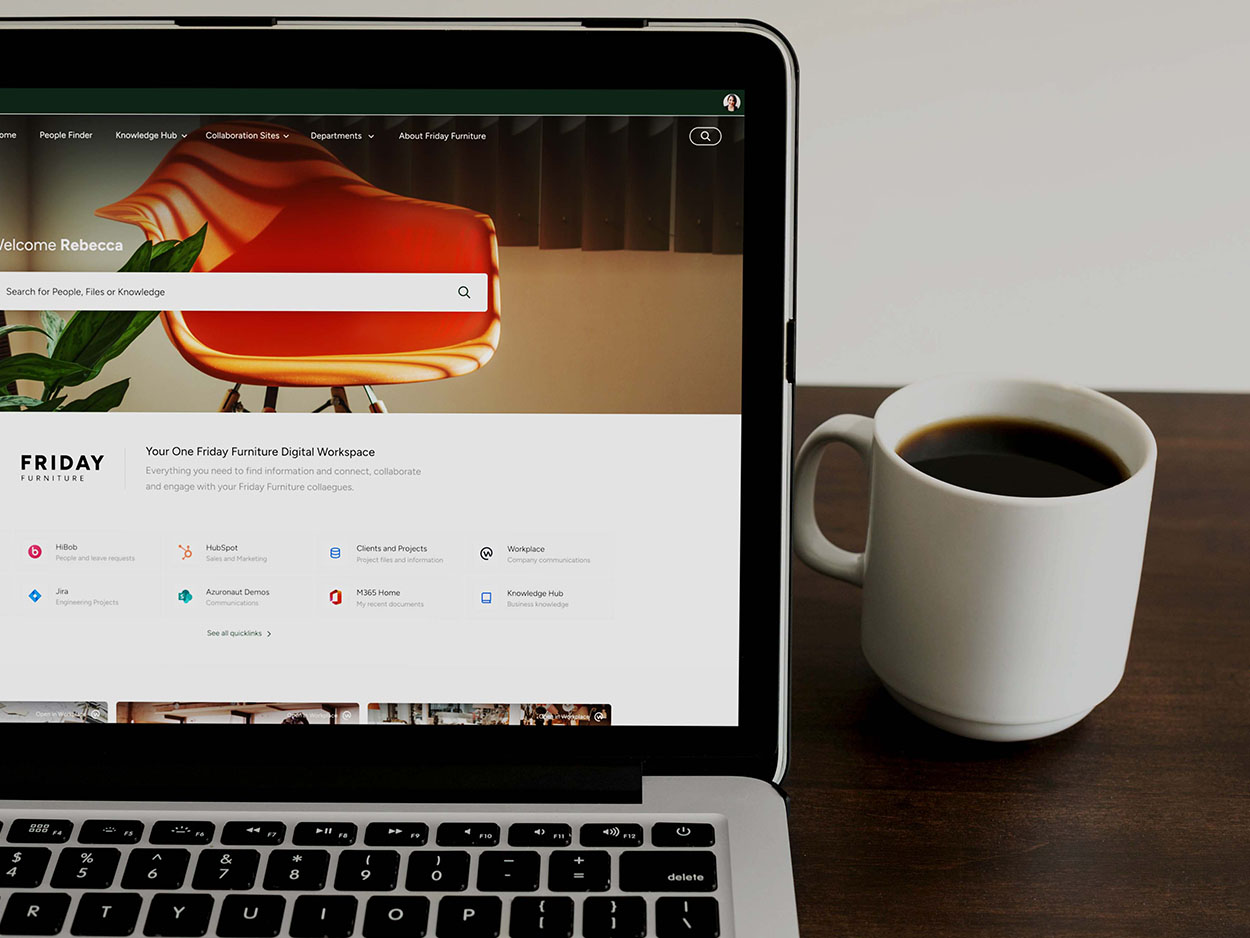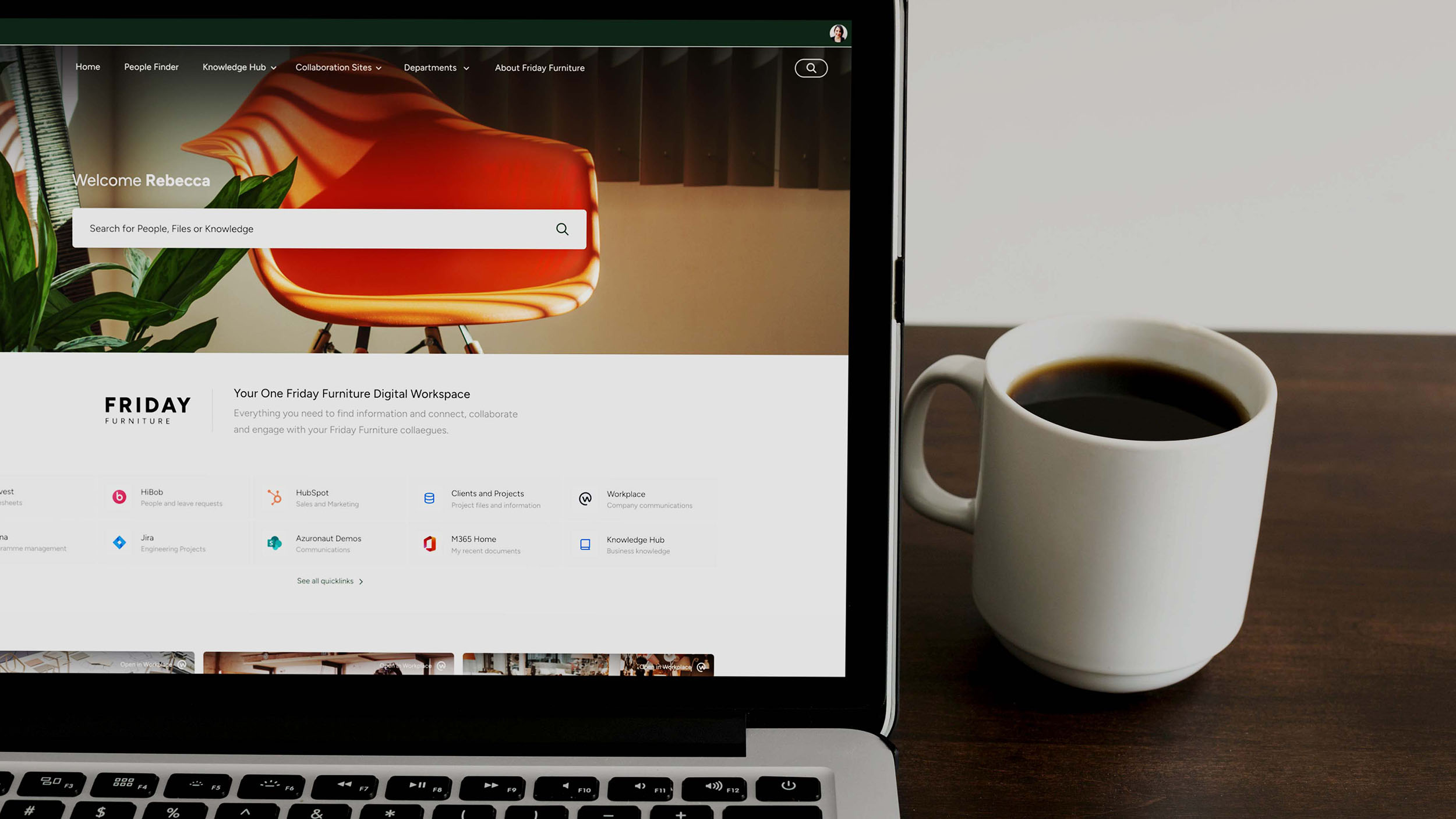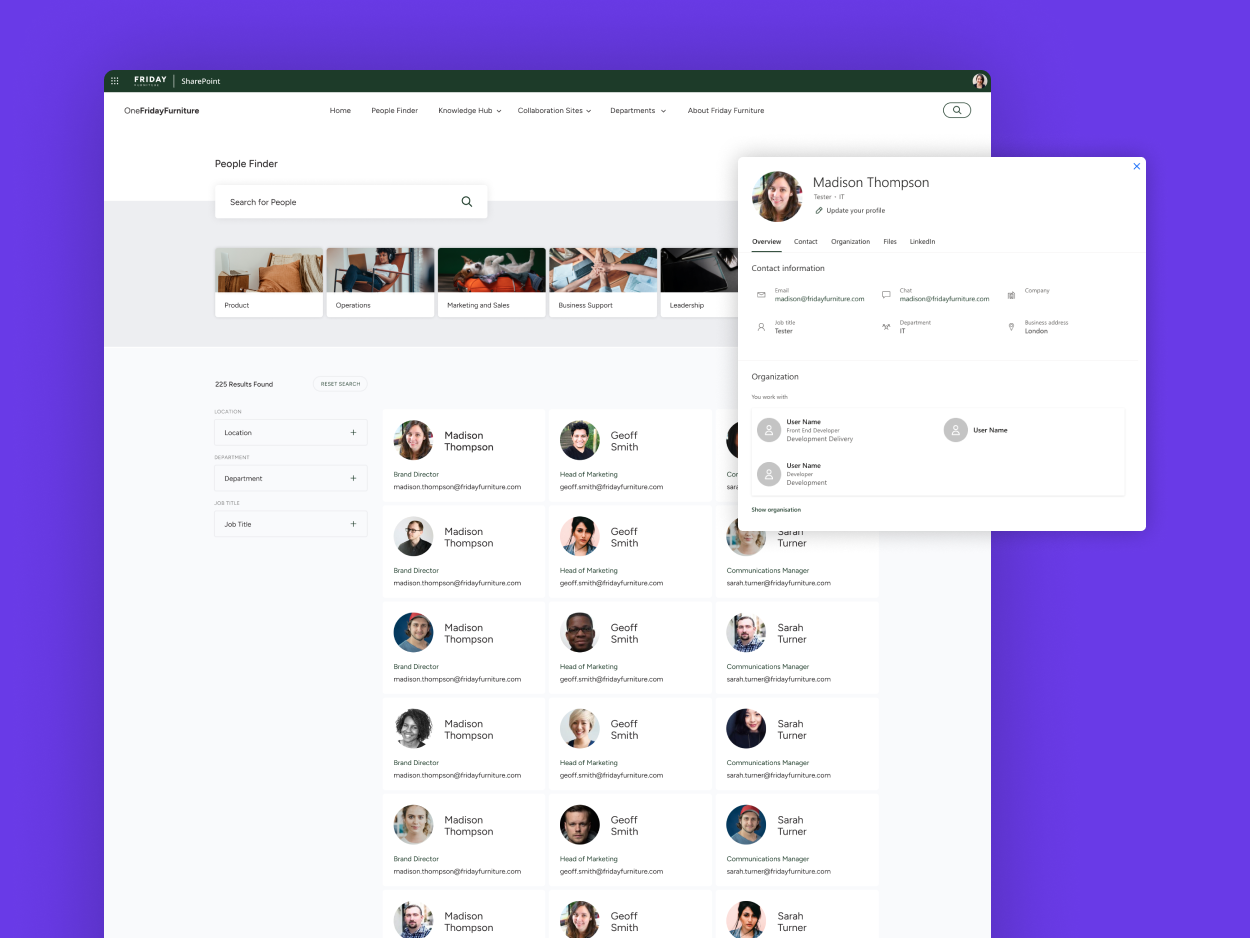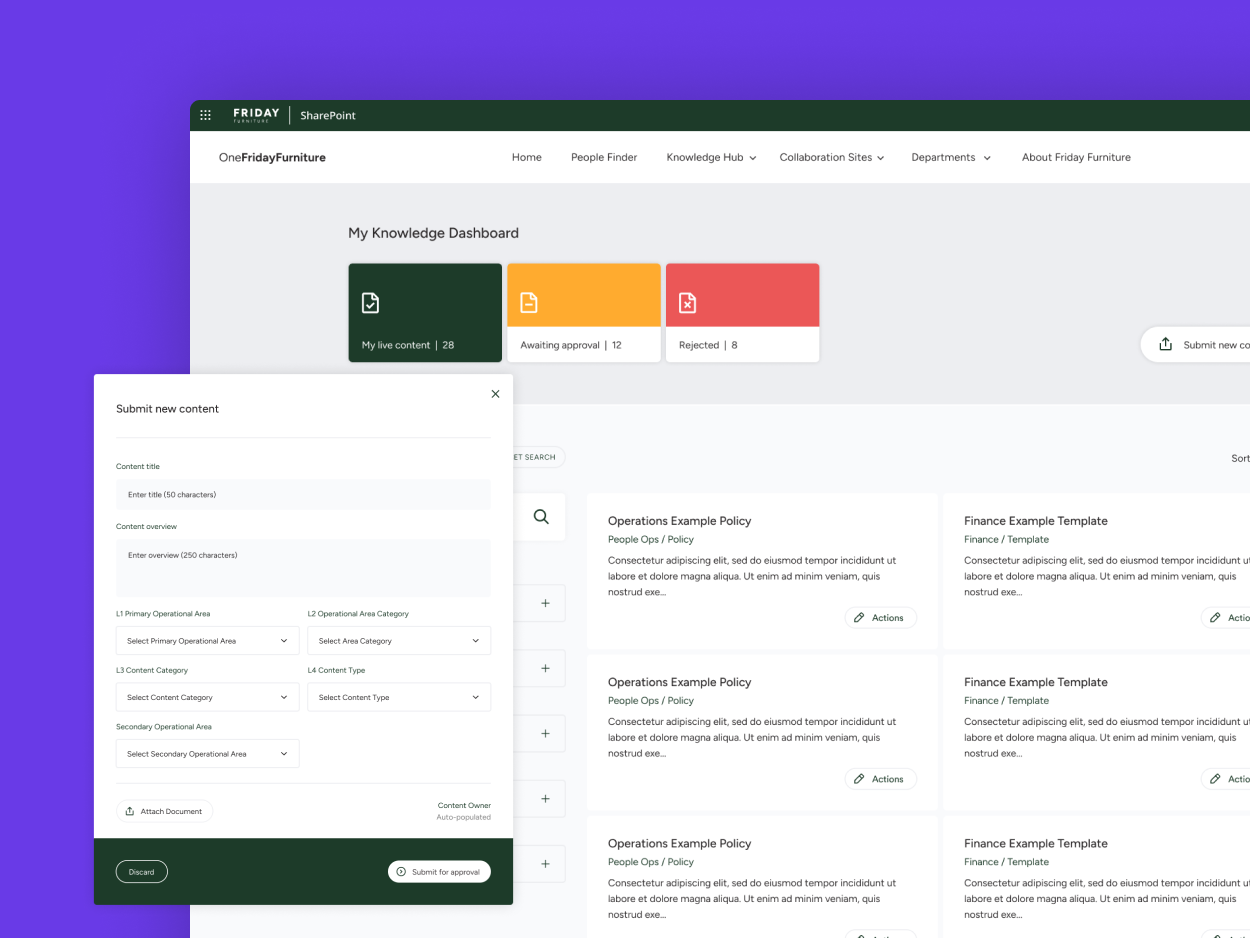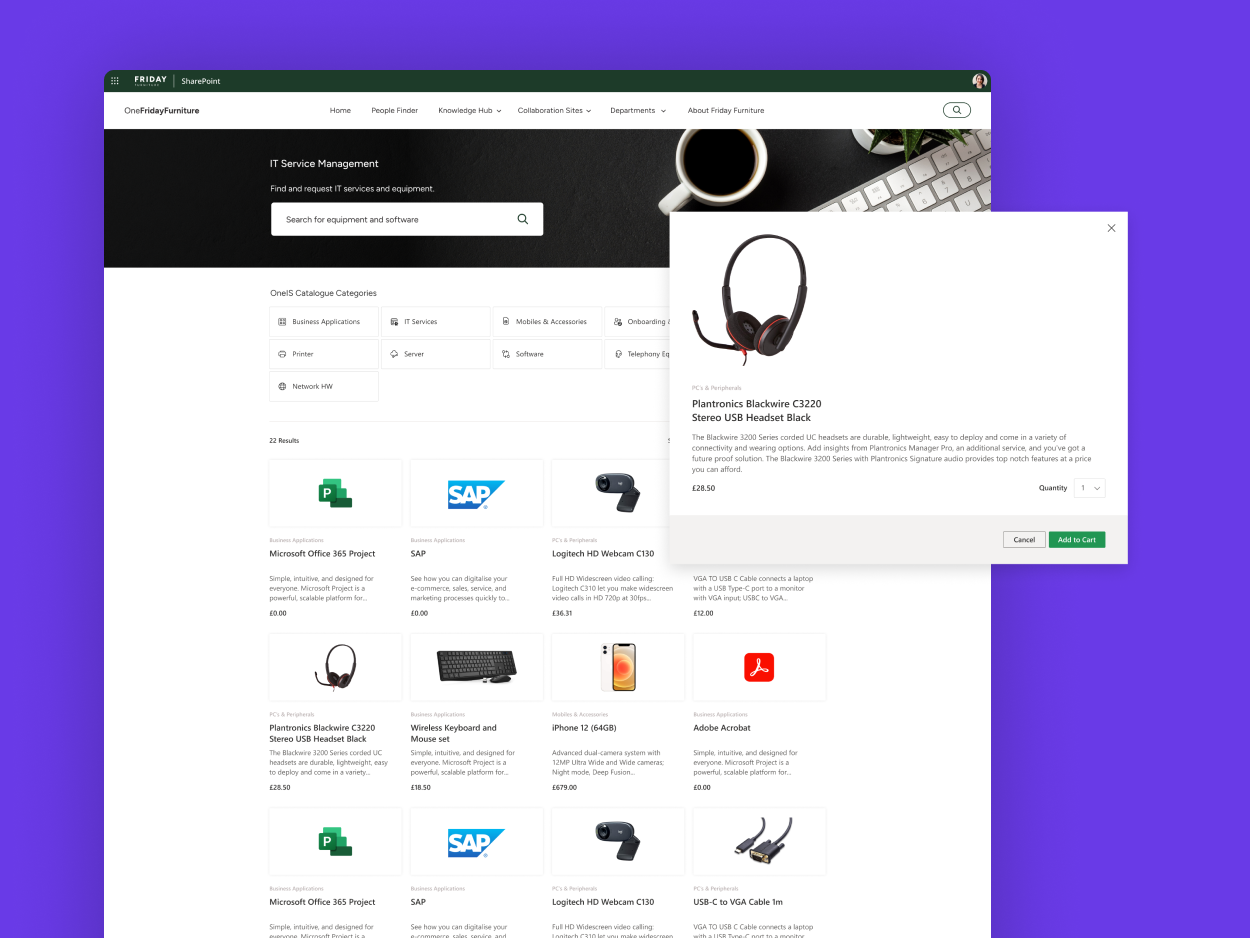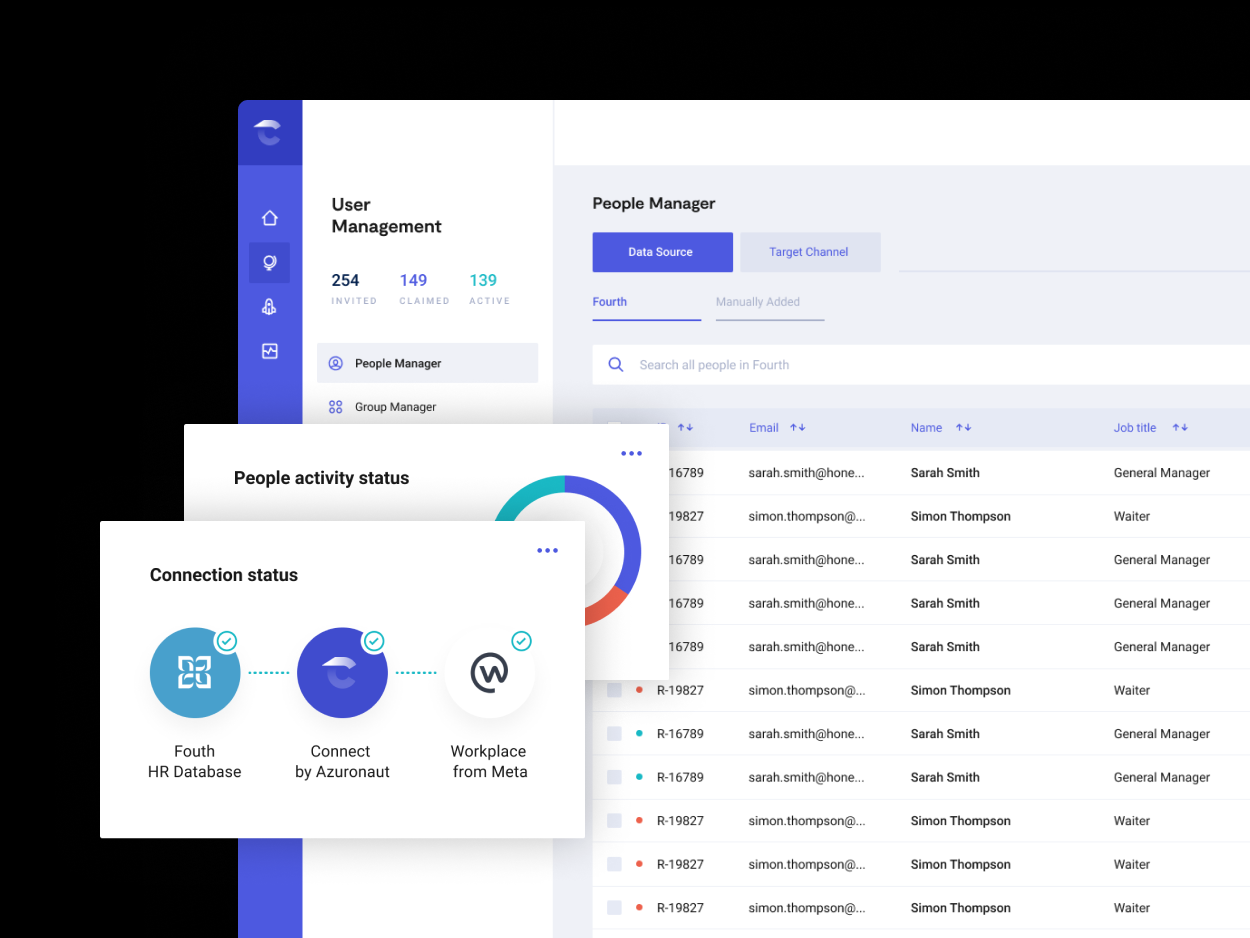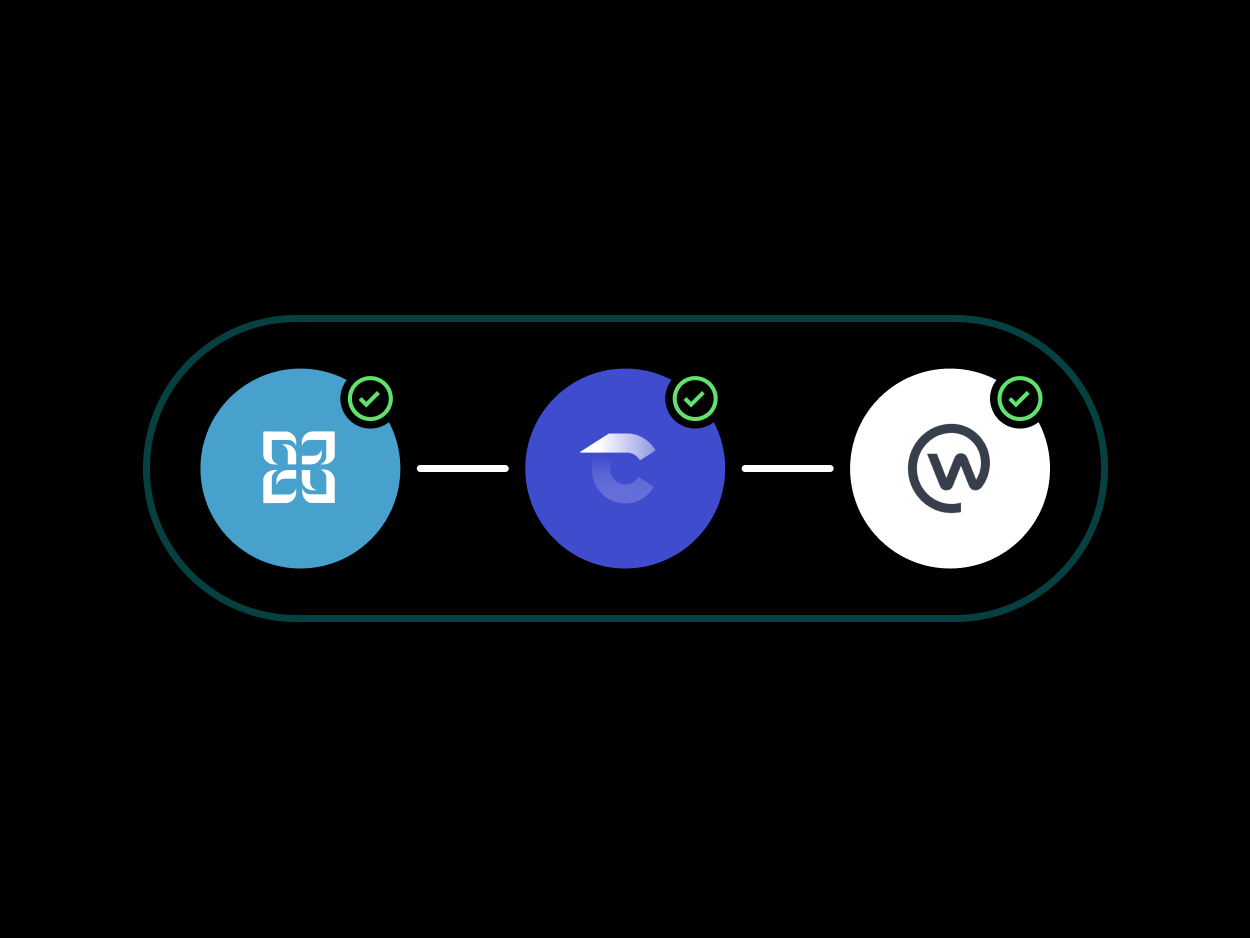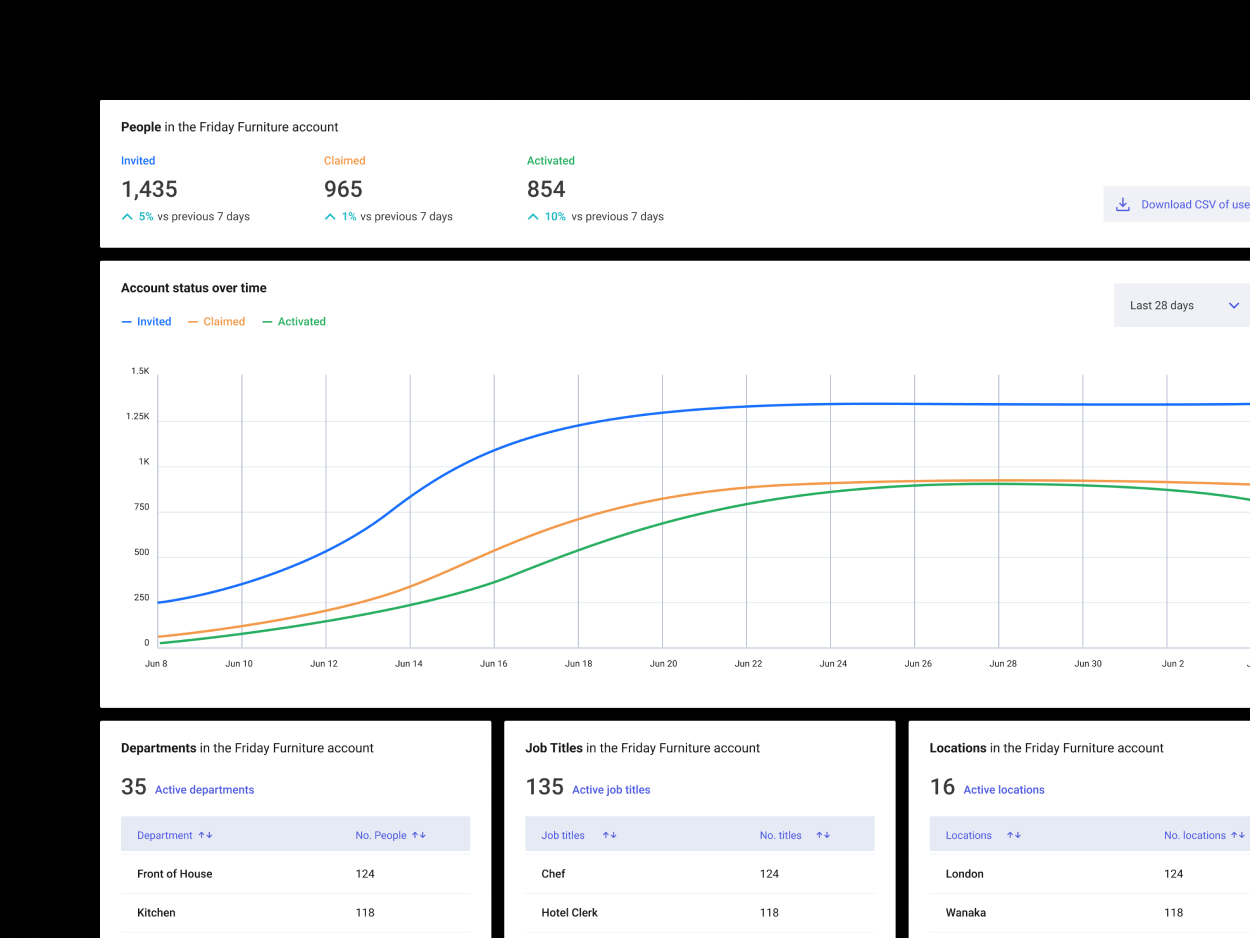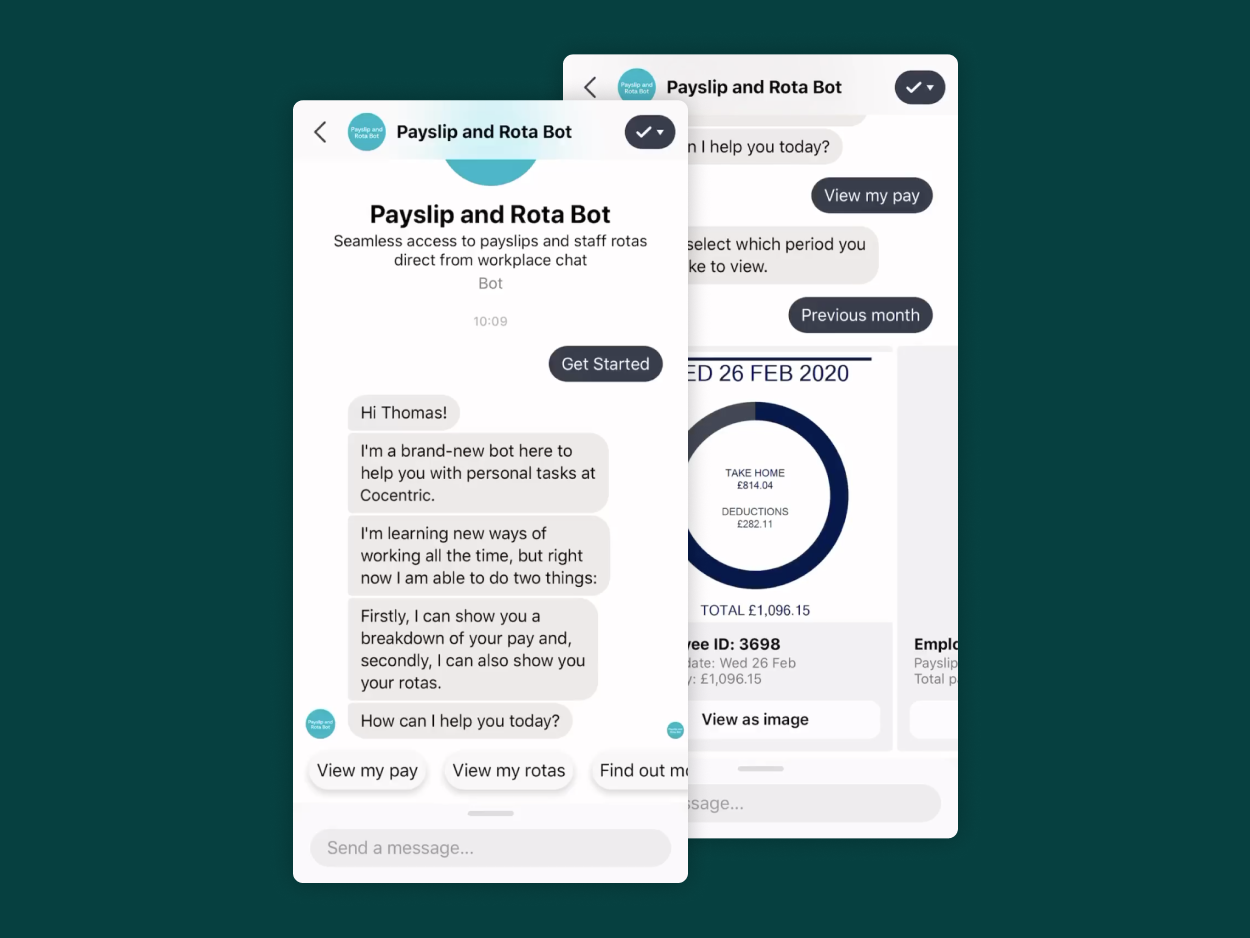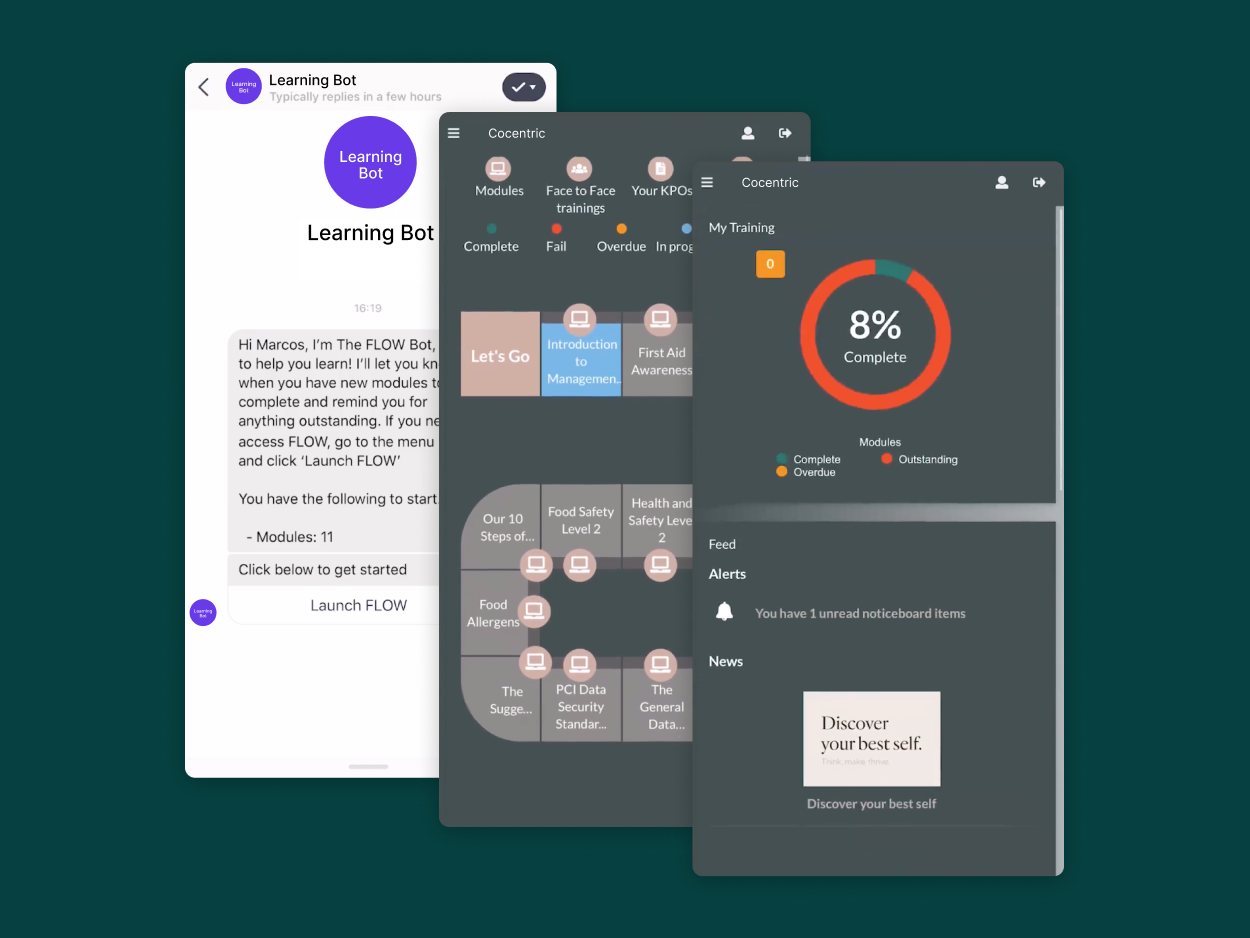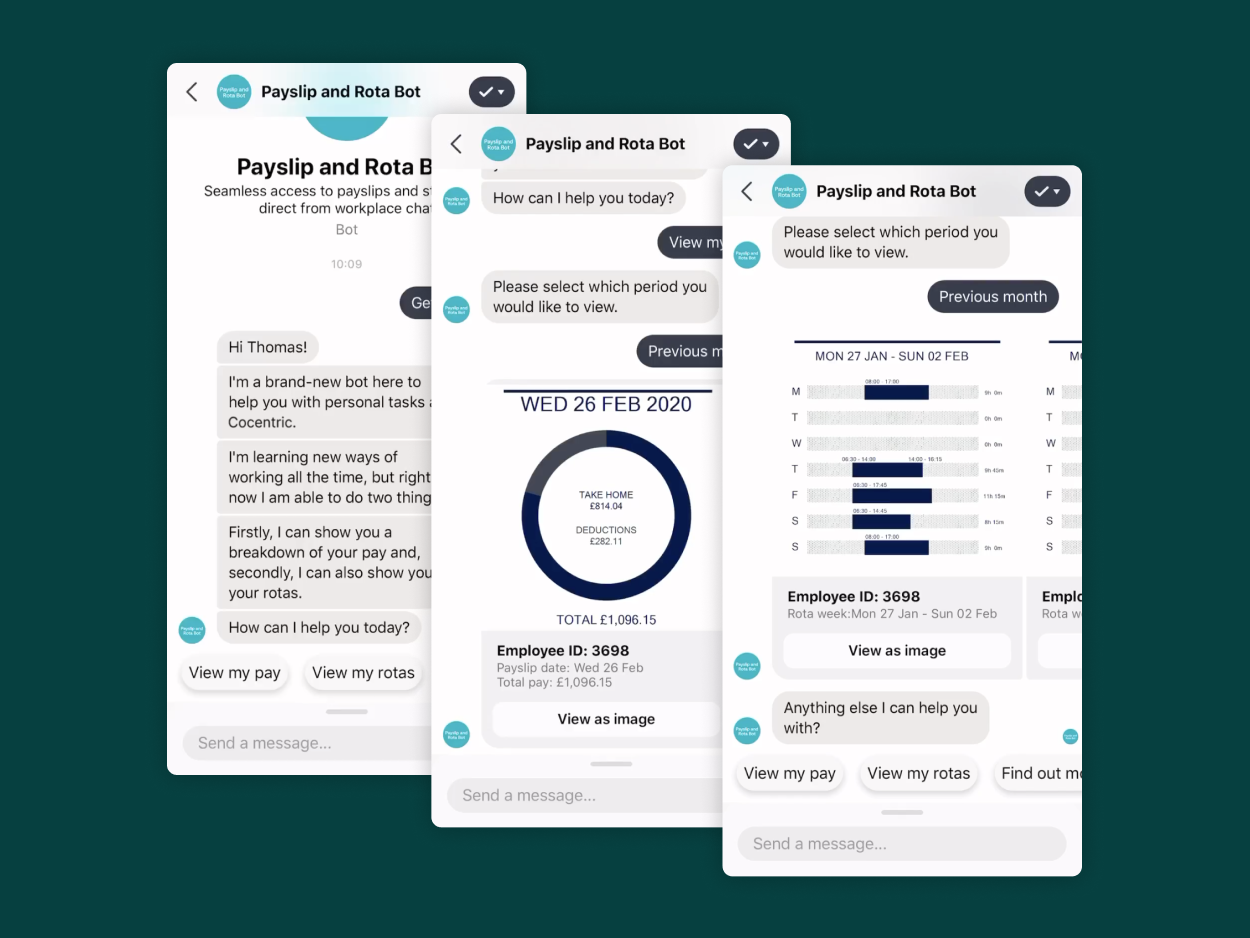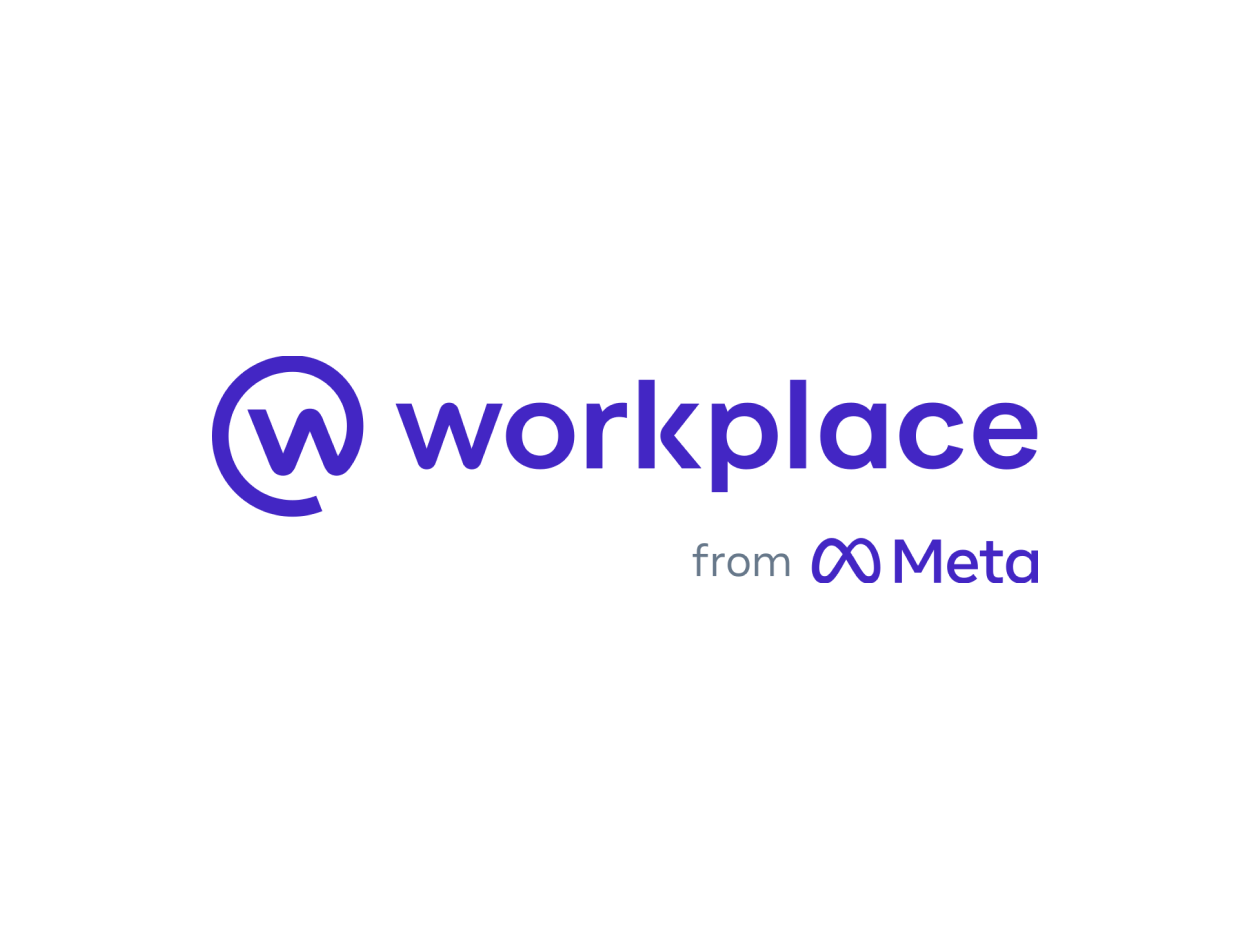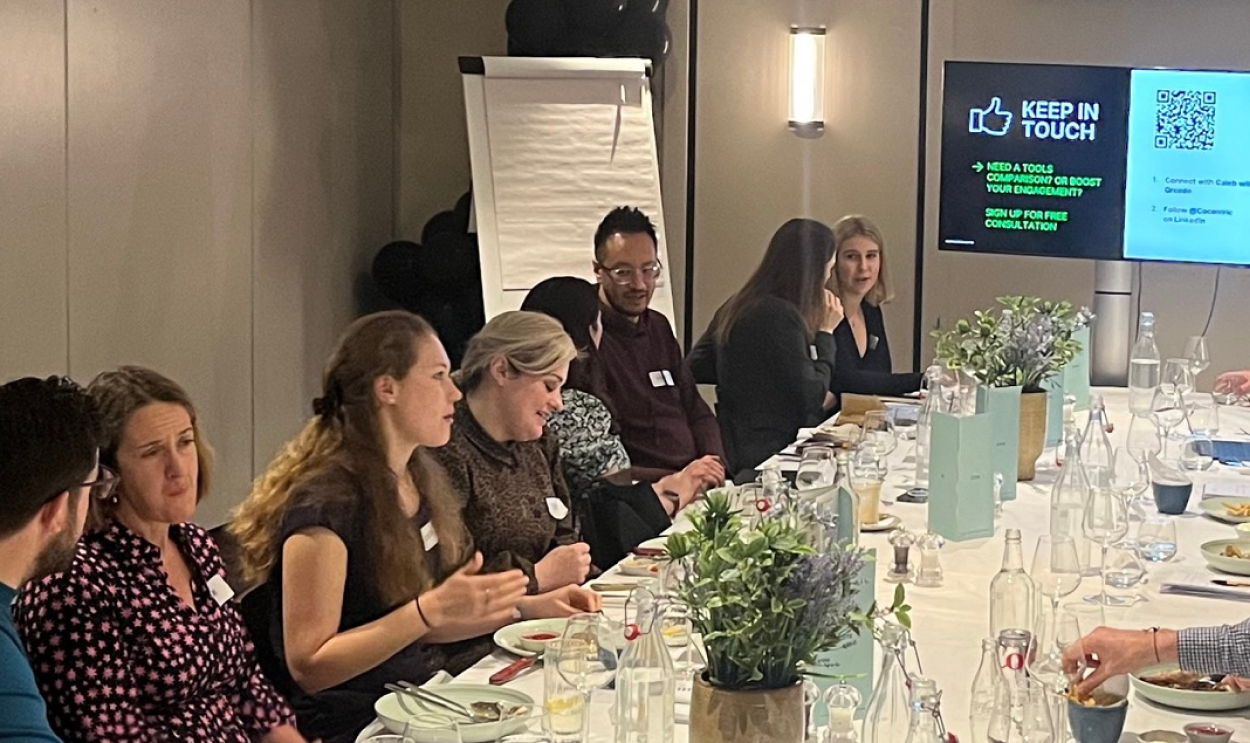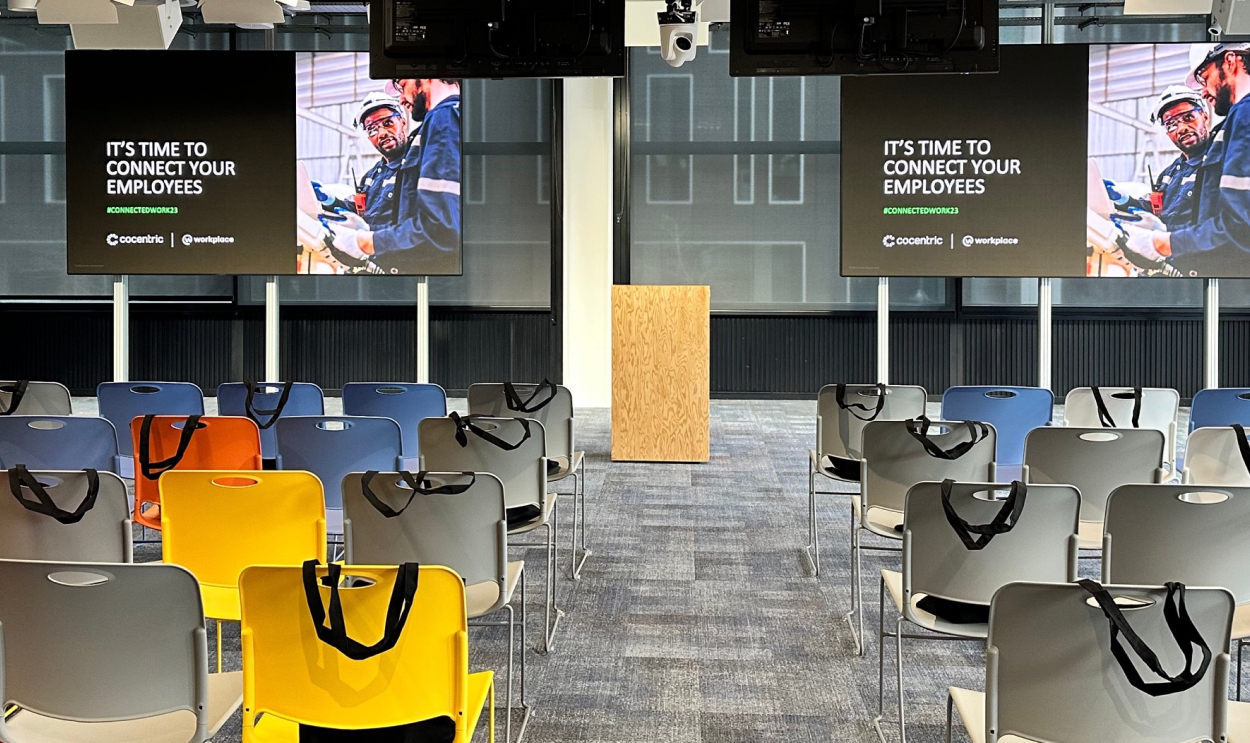
Table of Contents
- The challenges of gaining board buy-in for HR digital transformation
- How to create a compelling business case for HR digital transformation [7 steps]
- Reach out to experienced digital solution providers and implementation experts to guide your transformation project
- Introducing Cocentric’s range of digital workplace services
- Summary
Building a Business Case for HR Digital Transformation
Are you considering an HR digital transformation project or in the process of building a business case for transforming your digital employee experience? You’re in luck. We have some top tips for creating a compelling business case and getting board buy-in for the project. Take a look at our key recommendations.
The challenges of gaining board buy-in for HR digital transformation
So, what are the main challenges you’re likely to face when looking to get buy-in for your HR digital transformation project? Well, the people with the purse strings will want to get a clear picture of the costs involved and timelines, risks, impact on performance and potential ROI.
Here are some of the challenges you may face:
- Risk-averse board members
- Fears over risks of implementing new systems
- Concerns over escalating costs (especially if your business has ambitious growth plans or other projects that require significant investment)
- Security and data protection fears regarding cloud solutions
- IT teams being set in their ways, e.g. heavily Microsoft-focused.
- Push-back on prospective project timelines
- Revenue-focused members demanding proof of ROI
How to create a compelling business case for HR digital transformation
When scoping out your digital transformation plan, securing buy-in from senior stakeholders within your organisation can be the toughest stage. Whether it’s due to the challenges mentioned or a lack of understanding of the tangible benefits of digitising communication and collaboration processes or overhauling existing systems, you’ll struggle to get the green light without a compelling business case.
Here are 7 key ways to create a compelling business case for your HR digital transformation project:
#1 Clearly communicate existing challenges
Whatever your current challenges, you need to clearly communicate these issues in your project plan. Drivers for change and digital transformation for HR include:
- Disparate systems – causing data visibility issues
- Team misalignment – leading to siloes and inefficiencies
- Inadequate collaboration capabilities – resulting in employee disengagement
- The need for seamless communication – consolidating and integrating channels
Communicate the long and short-term impact of these existing issues and quantify them.
#2 Outline the key benefits of implementing HR digital transformation for building your business case
While communicating the existing challenges plaguing your organisation, map these challenges to the benefits of implementing HR digital transformation and deploying new solutions.
For example, if one of your main challenges is having too many (and disparate) systems, the benefits of deploying new solutions could be removing siloes, preventing team misalignment, inefficiencies and disengagement, improving collaboration and creating seamless communication and a sense of belonging amongst employees. This should resonate with your board members and key stakeholders, as they will be keen to address issues that can damage the business’s bottom line or reputation.
Culture shifts as individuals choose to engage differently and the conditions around them reinforce new ways of working. Good leaders know the value of their people, and digital communications and collaboration solutions are vital for keeping employees engaged, motivated and performing efficiently.
We are in the midst of the Great Resignation. The importance of improving the employee experience and empowering your workforce with the right tools has never been higher. PwC’s 2022 Global Workforce Hopes and Fears Survey revealed that almost 20% of UK workers expect to quit in the next 12 months, whilst according 2021 Gartner research just 13% of employees are fully satisfied with their work experience.
It’s vital to clearly outline benefits of digital transformation and the negative impact of standing still, so it’s easy from your board to understand the need to embrace change.
#3 Emphasise the need to future-proof the organisation for the fast-evolving workplace environment
Whilst compiling the benefits of embracing digital transformation, emphasise the importance of future-proofing your organisation to meet the evolving workplace needs and the demands of a hybrid working model, including:
- Seamless communication and collaboration and access to data
- Heightened employee expectations
- Flexibility and well-being considerations
- A strong company culture
- Continuous feedback and recognition
- Training and development opportunities
- Regulatory compliance, Business resilience and data security
- System scalability
#4 Present tangible use cases and success stories
Once you’ve communicated your challenges and the benefits of digital transformation for HR, your next step is to show proof of impact and demonstrate tangible use cases. Board members are typically results-oriented, so displaying impressive results for similar businesses can help the penny to drop.
Metrics for showing impact can include:
- Adoption rate of new solutions (over a particular time period)
- Engagement rate within the tools
- Employee sentiment (feedback gathered from employees post-implementation)
Source and include success stories within your business case for HR digital transformation. They may have relevant challenges to your organisation and detail how digital workplace solutions have helped overcome them.
For example, we have a range of case studies, including big-name brands, which outline the positive impact of digital workplace solution implementations. These help to showcase the benefits and proof points to sell in your transformation project.

#5 Calculate implementation costs and potential ROI
Board buy-in will also be heavily influenced by the numbers you present. But forecasting and calculating the costs of a digital transformation project and solution implementation is not simple. There are so many variables involved and factors to consider.
You need to clearly define your needs (both for now and the future) and map them to prospective solutions’ capabilities. Key stakeholders will also want to know the potential ROI, so consider how you will measure success.
Many vendors offer pricing sheets and calculator tools to determine implementation costs and ROI, including scaling and tiers to account for the ongoing cost of increasing users and meeting certain thresholds.
#6 Combine storytelling with stats
Stats and headline results from case studies are effective in perking the interest of your stakeholders, but introducing storytelling, written or virtual, can elevate your business case and help your plan resonate with the leadership team.
So, get creative, pinpoint the why behind your project and put your audience firmly in the story to gain their trust, engagement and enthusiasm for change.
#7 Outline a clear path for managing change
Even if you get the board on your side with your project, you need to reassure them of the change management aspect. How will you ensure the successful adoption of new technologies? How will the implementation and deployment be managed? Can you ensure minimal downtime and disruption? How will the system and process changes be communicated to the wider organisation? Who will be involved?
There are lots of potential questions, so be prepared with the answers.
Here are a few tips for managing change:
- Make it personal (users, regions, departments)
- Show small wins over the lifecycle of change
- Assign champions and carry out user-focused sessions
- Focus on human-centred change (iteration and involvement is critical)
- Reward and recognise – manage change in line with your culture and strategy
- Ensure leadership is at the centre of the change
Reach out to experienced digital solution providers and implementation experts to guide your transformation project
When building your business case for HR digital transformation, you’ll need to gather a lot of information about prospective solutions and software providers, evaluate your needs and goals and understand the steps to a successful implementation.
We recommend speaking with software vendors and asking important questions about their solutions, experience, specialism and how they work with businesses, such as:
- How long is the typical onboarding process for new solutions?
- What level of support will we get before, during and after deployment?
- Have you got experience working with businesses in our sector?
- Do you offer dedication software training for our employees?
- What level of data protection and security policies can we expect?
You’ll also need to get a clear outline of pricing models and ensure there are no hidden costs. Plus, request a demo of the software to get a first-hand view of how the solutions work, the key features and the value they could bring to your organisation.
Reach out to experienced implementation experts who’ve taken businesses through similar projects to understand key factors, potential pitfalls, likely timelines and costs and technical aspects of implementation and deployment that you may not have considered. This will help to enhance your business case and set realistic expectations.
Introducing Cocentric’s range of digital workplace services
Cocentric is a leading digital employee experience company, bringing people and tech together to unite and connect the workplace. We’re a fully remote working organisation, with a diverse global team that delivers award-winning collaboration and communication workplace tools and solutions for clients across various sectors.
We work closely with businesses to understand their challenges, goals and vision to match them with the most suitable solutions for their specific needs. Leverage our Digital Experience Consulting team’s knowledge and experience to align your digital tools, connect your people, drive engagement and empower productivity.
Our experts will guide your project team through the digital transformation process, from evaluating existing tools and creating a strategic framework to rollout, training, governance and support.
Explore our implementation services, such as Teams, Sharepoint and Workplace by Meta, or our combined solutions. We bring systems, processes and people together with bespoke integrations, custom solutions and dedicated support.
Summary
We hope our insights into how to build a compelling business case for HR digital transformation prove useful and help you get that all-important buy-in from your key stakeholders. It’s all about clarity. Communicating the demand for change, benefits and impact for the business, proof points, plus the numbers/timelines involved. We wish you luck!
Digital transformation for HR is becoming inevitable and should be a priority for businesses in our fast-evolving working world. Those that don’t act will get left behind.
If you’d like to discuss a potential digital transformation project or learn about our range of communication and collaboration solutions, get in touch with the Cocentric team. Or browse our case studies to find out more about our methodology, how our solutions are deployed and what they can help your business achieve.













